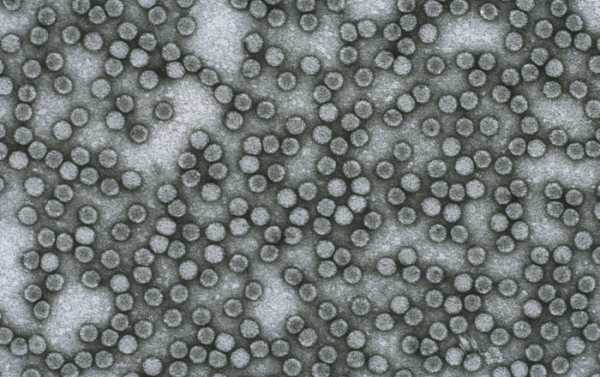
Through the course of human history, hundreds of millions of people have died from pathogens ranging from the Plague and the Spanish Flu to smallpox, HIV and measles. Public interest in the subject has grown steadily in recent weeks with the outbreak of COVID-19, a new coronavirus which has infected over 60,000 people and claimed over 1,300 lives.
A team of US and German researchers working at Massachusetts General Hospital have discovered a common weakness among mammalian proteins which they believe may hold the key to wiping out deadly viruses en masse.
A university press release explained that a protein known as Argonaute 4 (AGO4), which has proven uniquely anti-viral in mammalian immune cells, could very well be a kind of “Achilles heel” against all sorts of viruses, with its antiviral qualities making it a potential universal treatment.
In their study, the results of which were recently published in the peer-reviewed journal Cell Reports, scientists carried out controlled experiments on different proteins in the Argonaute protein family – a highly-specialized kind of RNA-binding module present in all domains of life.
“The goal is to understand how our immune system works so we can create treatments that work against a range of viruses, rather than just vaccines against a particular one,” study coauthor Dr. Kate Jeffrey said of her team’s ambitious research.
With testing on influenza-infected lab mice demonstrating that mice with low levels of AGO4 are significantly more prone to higher levels of the virus, Jeffrey and her team now plan to continue their studies to “determine how broad spectrum this is to any virus type.”
Humanity has been plagued by deadly diseases throughout the course of its existence, with hundreds of millions of people perishing in recent centuries as a result of various deadly outbreaks.
In the 21st century, we have so far generally managed to avoid a pandemic on the scale of past calamities, with deaths measured in the thousands instead of the hundreds of thousands or millions. Nevertheless, the emergence of new viruses, and the necessity to create custom-tailored treatments for each of them, has made tackling the threat a challenging and time-consuming process.
At the moment, scientists are working feverishly to create a vaccine to COVID-19, the novel coronavirus originating in China’s Hubei province, which has infected tens of thousands of people worldwide since being discovered in December 2019. On Monday, Imperial College London researcher Paul Mckay told media that he and his colleagues had started testing a COVID-19 vaccine on mice, with hopes that the vaccine can be rushed into human clinical trials after that.

In this Sunday, Feb. 9, 2020, photo released by Xinhua News Agency, doctors scan a patient’s lungs at Huoshenshan temporary hospital built for patients diagnosed with coronavirus in Wuhan in central China’s Hubei province. Mainland China has reported another rise in cases of the new virus after a sharp decline the previous day, while the number of deaths grow over 900, with at least two more outside the country. (Gao Xiang/Xinhua via AP)
Sourse: sputniknews.com






